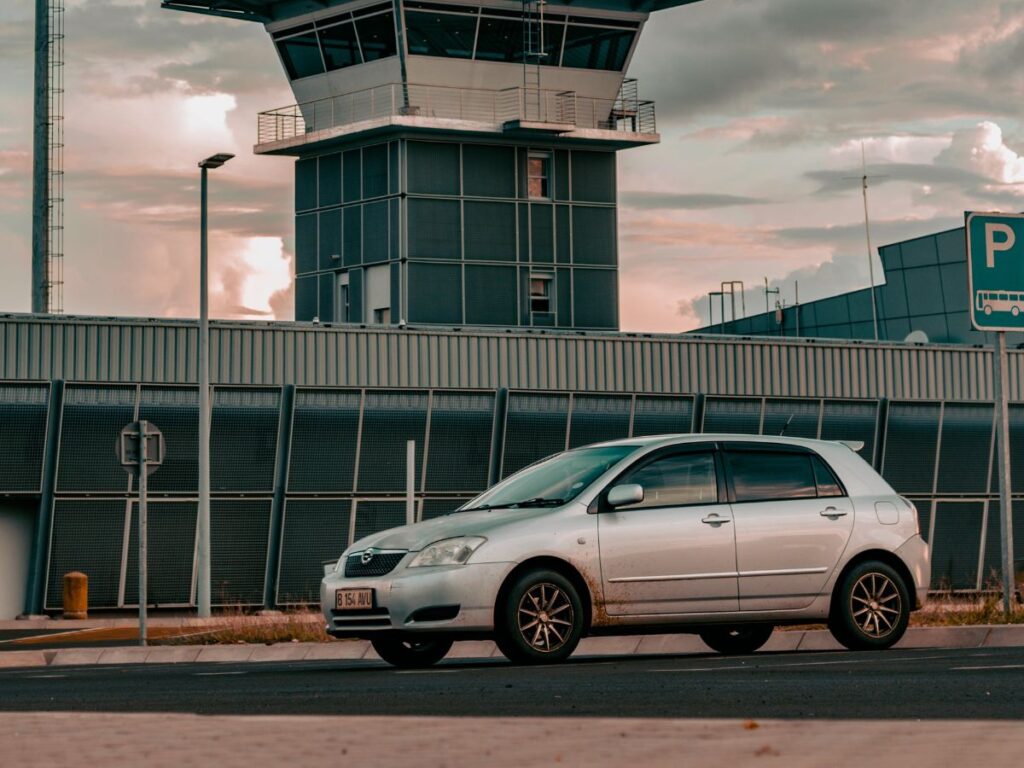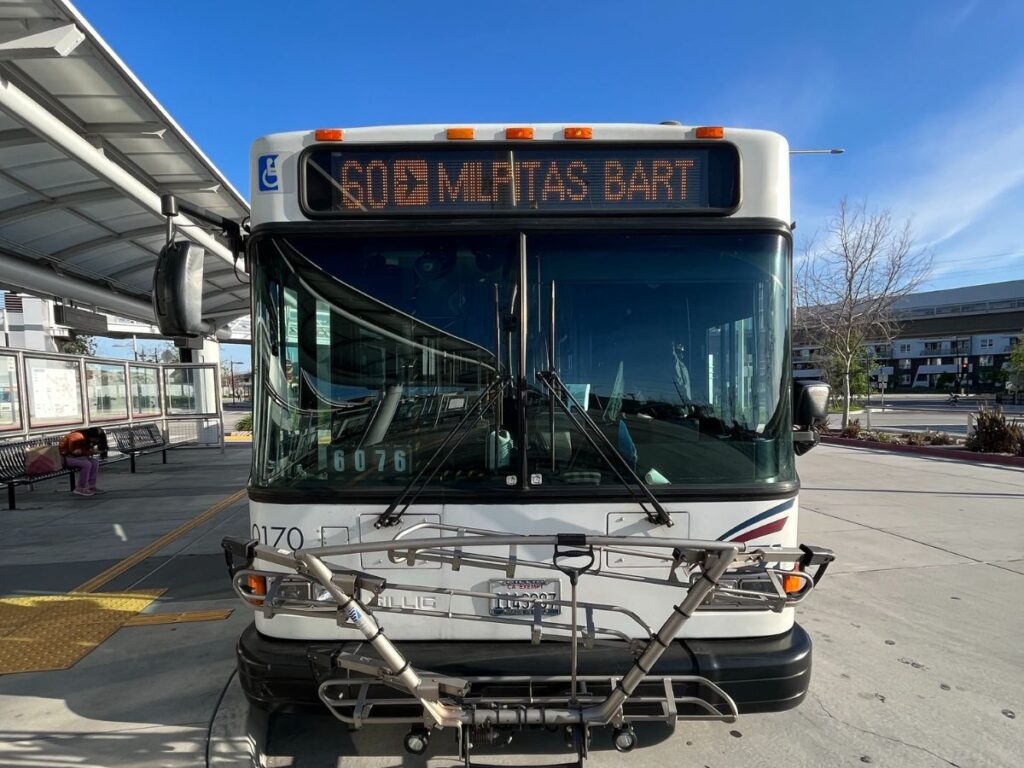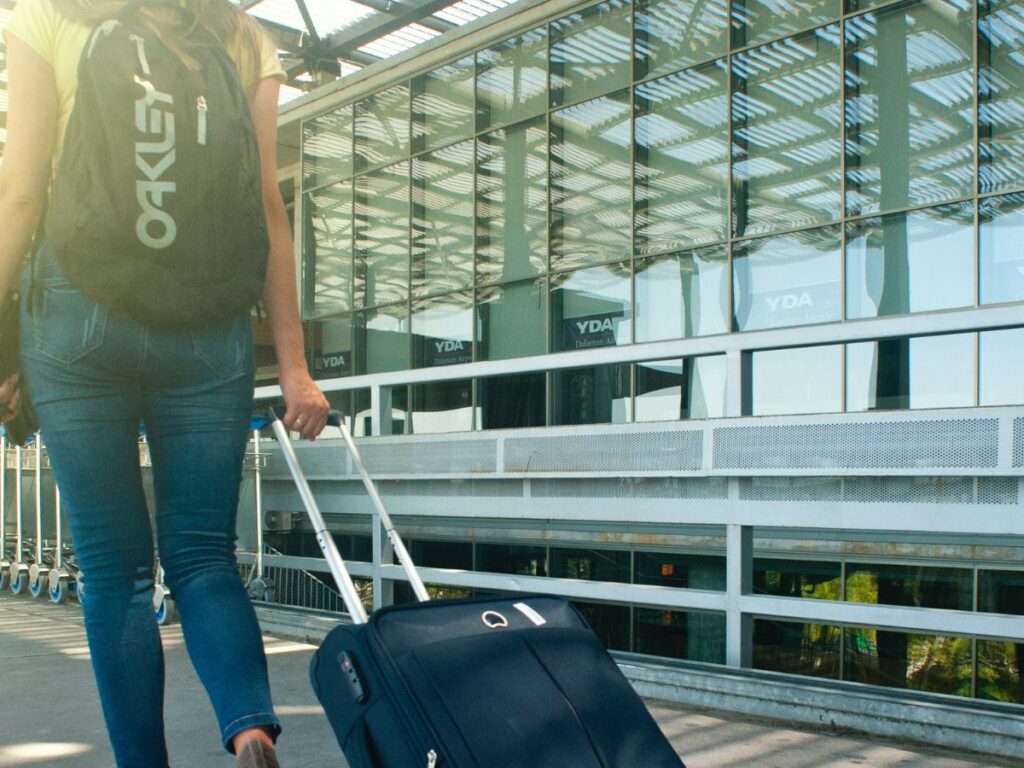Journeying from the bustling Los Angeles International Airport (LAX) to the tranquil wonders of Yosemite National Park promises an adventure that transitions from cityscapes to some of nature’s finest vistas. Spanning almost 1,200 square miles, Yosemite is renowned for its waterfalls, ancient sequoias, and vast wilderness. With so many seeking this change of scenery, the trip from LAX to Yosemite is one many embark on. However, while the destination is an undoubted gem, the journey itself requires meticulous planning. Given the variables involved, including route options, seasonal variations, and potential attraction stops, ensuring you have a well-laid-out plan can make the difference between a stressful trip and a memorable expedition.
Geographical Overview
LAX and Yosemite National Park, two iconic landmarks, are separated by approximately 300 miles. Depending on the chosen route and mode of transportation, the distance can slightly vary:
By Car: If one opts for the quickest route via the Interstate 5 and CA-99, the journey covers about 300-320 miles and typically takes around 5-6 hours, depending on traffic conditions. Opting for a scenic route might extend this duration but offers a richer travel experience.
By Public Transport: Utilizing California’s public transportation system, the journey might be longer in duration. Bus and train options, while economical, can take anywhere from 7 to 9 hours, factoring in wait times and transfers.
By Air: While direct flights from LAX to airports closer to Yosemite aren’t prevalent, one can fly to closer cities like Fresno, which is approximately a 1.5-hour drive to the park’s entrance. Flight durations are typically an hour, but when accounting for airport wait times and the subsequent drive, it could sum up to 3-4 hours.
Regardless of the chosen mode of transportation, the trip from LAX to Yosemite is more than just moving from point A to point B. It’s a transition from urban sprawl to pristine nature, making the journey as essential as the destination.

Travel Methods
By Car
Direct Route via US-395 N: This is one of the most straightforward routes from LAX to Yosemite National Park. While not as scenic as some other routes, it offers a quicker journey. Approximate duration is 5-6 hours depending on traffic and exact starting and ending points. Towns like Lone Pine (with the Alabama Hills), Bishop, and the eastern Sierra Nevada mountains are the main highlights and attractions.
Scenic Route via CA-1 N and CA-99 N: This coastal route offers breathtaking views of the Pacific Ocean and California’s vast Central Valley. Approximate duration is 7-8 hours, potentially more with stops to enjoy the sights. The beautiful Pacific coastline, towns like Santa Barbara and San Luis Obispo, and the Central Valley’s agricultural landscapes are the main highlights and attractions.
Pros and Cons
Pros: Flexibility in travel times, freedom to explore off-route attractions, potential for cost savings with a group.
Cons: Longer travel time compared to flying, potential for traffic delays, costs associated with fuel, parking, and car rental if applicable.
Recommended Car Types for Different Seasons:
- Summer: Any standard vehicle should suffice. Ensure air conditioning is functional.
- Winter: 4WD or AWD vehicles are recommended due to potential snow and icy conditions in the mountains. Snow chains might also be required.
Tips for Driving:
- Avoiding Los Angeles’ peak traffic hours (7-9 am and 4-7 pm) is recommended.
- Check traffic updates before leaving, especially if traveling during holiday weekends or popular vacation times.
By Bus
Yosemite Area Regional Transportation System (YARTS): While not direct from LAX, once in the Yosemite area, YARTS provides access in and around the park.
Greyhound and Amtrak Thruway: Services might require a transfer, but they provide bus services that can get travelers close to Yosemite.
Departure Points from LAX and Arrival Points in Yosemite: Travelers would need to transfer from LAX to the Los Angeles Greyhound or Amtrak stations, either via a shuttle or another mode of transport. Arrival points in the Yosemite vicinity include Merced or Fresno, from which one can use YARTS or other local services to reach the park.
Duration varies based on specific service and route, but expect the journey to take anywhere from 8-10 hours. Frequency also varies, but buses typically run multiple times a day. Bus travel is generally more cost-effective than flying or renting a car, especially for solo travelers or small groups. Prices vary depending on the service and time of booking.
By Air
Nearest Airports to Yosemite from LAX
Fresno Yosemite International Airport (FAT): The closest major airport to Yosemite National Park, located about 1.5 hours away from the park’s southern entrance. Flights are frequent, with several daily options available. The average flight duration is approximately 1 hour.
Merced Regional Airport (MCE): A smaller airport that’s closer to the park’s Arch Rock entrance. Limited flights are available, so it’s essential to book in advance. The average flight duration is around 1 hour.
From the Airport to the Park
- Both airports have car rental facilities. It’s the most flexible option but can be more expensive.
- Some Shuttle services run from the airports to the park, especially during peak tourist seasons.
- Plan your flight to arrive early in the day to allow time for the drive to the park, especially if you intend to enjoy some sightseeing along the way.

Shuttle Services
Yosemite Area Regional Transportation System (YARTS): This service runs from various nearby cities, including Fresno, and offers extensive routes within the park itself.
Eastern Sierra Transit: Provides shuttle services on the eastern side of the Sierra, especially useful if you’re approaching from FAT.
Advantages of Using Shuttle Services
- Stress-Free: No need to worry about driving, especially in unfamiliar terrains or during challenging weather conditions.
- Environmentally Friendly: Using shared transportation reduces the number of vehicles in the park, helping to cut down on emissions and traffic congestion.
- Cost-Effective: Especially when traveling solo or in small groups, it can be more affordable than renting a car.
Stops and Attractions Along the Way
Transforming your journey from LAX to Yosemite National Park into a road trip with multiple stops can be a delightful way to experience the diverse landscapes and attractions California has to offer. For those keen on savoring the journey, here are some noteworthy stops to consider:
Santa Clarita: The city offers Magic Mountain, a renowned Six Flags amusement park, and the picturesque Placerita Canyon Nature Center. Ideal duration is 3-4 hours for a brief amusement park visit or 1-2 hours for a nature walk.
Bakersfield: Discover the Kern County Museum to get a taste of local history. For music enthusiasts, the Buck Owens’ Crystal Palace offers a country music venue and museum. Ideal duration is 2-3 hours to explore the museum and perhaps enjoy a meal.
Fresno: The Fresno Chaffee Zoo and the Forestiere Underground Gardens showcase the city’s unique offerings. The latter is a subterranean maze of patios, gardens, and grottoes, a testament to one man’s creativity. Ideal duration is 3-4 hours to fully experience both attractions.
Merced: The Merced National Wildlife Refuge is a haven for birdwatchers, especially during the winter months when migratory birds visit. The Merced County Courthouse Museum provides historical insights. Ideal duration is 2-3 hours, particularly during the migratory bird season.
Lone Pine: If taking the US-395 N route, the Alabama Hills offers a picturesque landscape, famous as a filming location for numerous movies. The Museum of Western Film History dives deeper into this cinematic legacy. Ideal duration is 3-4 hours to drive through the hills and visit the museum.
Bishop: Located along US-395 N, Bishop is known for its beautiful landscapes, including the Ancient Bristlecone Pine Forest, home to some of the world’s oldest trees. Ideal duration is 3-4 hours, especially if hiking to see the ancient trees.
Packing and Preparation Tips
What to Bring Based on the Season:
- Spring: Lightweight layers, waterproof jacket, hiking boots, and allergy medications if sensitive to pollen.
- Summer: Sun hats, sunglasses, sunblock, lightweight clothing, and a reusable water bottle.
- Fall: Warm layers as temperatures start to drop, especially during the evening. Consider packing gloves and a scarf.
- Winter: Heavy winter clothing, snow boots, gloves, scarves, and perhaps even snow chains for your vehicle if driving.
Necessary Permits for Yosemite:
- Entrance Fee is required for all visitors. There are day passes, and annual passes available.
- Wilderness Permits are essential for overnight backpacking trips.
- If you plan on hiking the Half Dome, a permit is required due to its popularity and to limit crowd numbers for safety.
Recommendations for Those with Special Considerations:
- Ensure to pack kid-friendly snacks, games, and perhaps a first-aid kit. Many trails are family-friendly, but having a child carrier for very young kids might be useful.
- Dogs are allowed in the park but with restrictions. They need to be on a leash at all times and are not allowed on most trails or in public buildings. Ensure to bring dog waste bags.

Arrival in Yosemite
Stop by the Yosemite Valley Visitor Center. Here, you can get maps, current condition updates, and recommendations tailored to your interests. Pay the park entrance fee if you haven’t purchased a pass in advance.
- Lodging options in and around Yosemite can fill up quickly, especially during peak seasons. Reserving several months in advance is advisable.
- Accommodations range from campgrounds, cabins, to luxury hotels. Determine your preference and budget before searching.
- Consider staying in nearby towns if in-park options are unavailable or pricey. Towns like Mariposa, El Portal, or Groveland are relatively close.
Best Seasons to Visit:
Spring: Enjoy waterfalls at their peak flow and witness the blossoming of wildflowers.
Summer: Warm weather and most park areas are accessible, but it’s also the most crowded.
Fall: Cooler temperatures, fewer crowds, and a chance to see the park’s foliage change colors.
Winter: Ideal for snow activities like skiing or snowshoeing. However, certain areas of the park might be inaccessible due to snow.
Basic Guidelines to Follow in the Park
- Respect Wildlife. Maintain a safe distance and never feed the animals.
- Leave No Trace. Pack out everything you bring in to keep the park pristine.
- Stay on Designated Trails which ensures your safety and protects delicate habitats.
- Depending on the season, there might be strict fire regulations. Always use designated fire rings or stoves.
- Drive Carefully. Be on the lookout for animals crossing roads, especially during dawn and dusk.
Key Takeaways
- Whether you’re driving, flying, taking a bus, or using shuttle services, there are varied ways to get from LAX to Yosemite, each offering distinct experiences.
- Opting for a road trip? Cities like Santa Clarita, Bakersfield, and Fresno, among others, offer unique attractions and stops to enrich your journey to Yosemite.
- The season of your visit dictates your packing list, ranging from summer essentials to winter gear. Additionally, remember necessary permits for specific park activities.
- Lodging in Yosemite can be competitive. Book in advance, and consider both in-park and nearby town options for your stay.
- Each season in Yosemite presents a different facet of its beauty, from spring’s waterfalls to winter’s snow activities. Plan your visit according to your interests.
- For a smooth visit, familiarize yourself with park rules, including respecting wildlife, adhering to fire restrictions, and staying on designated trails.
- A well-planned trip ensures both a memorable and hassle-free experience in one of America’s most iconic national parks.
FAQs
- What are the travel options from LAX to Yosemite?
You can travel by car, bus, air, or use shuttle services. - Which route is best for a scenic drive to Yosemite?
The CA-1 N and CA-99 N route offers a scenic drive. - How long is the flight from LAX to the nearest airport to Yosemite?
Flight duration is approximately 1 hour to Fresno Yosemite International Airport. - Are there direct bus services from LAX to Yosemite?
Direct services might be limited; often a transfer is required. - What are some attractions I can visit on the way to Yosemite?
Santa Clarita, Bakersfield, and Fresno have noteworthy attractions. - Where can I get a map of Yosemite?
At the Yosemite Valley Visitor Center upon arrival. - Which route from LAX to Yosemite is fastest by car?
The direct route via US-395 N is usually the quickest. - Can I use public transportation within Yosemite?
Yes, Yosemite offers a free shuttle service within the valley. - Where should families with kids stay in Yosemite?
There are family-friendly lodges and campgrounds in and around the park. - Is Wi-Fi available in Yosemite?
Some lodges and visitor centers may offer Wi-Fi, but it’s limited.
